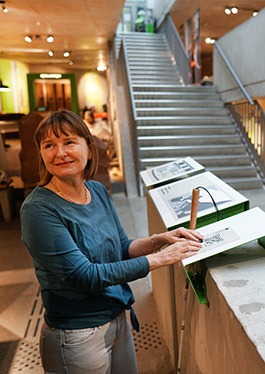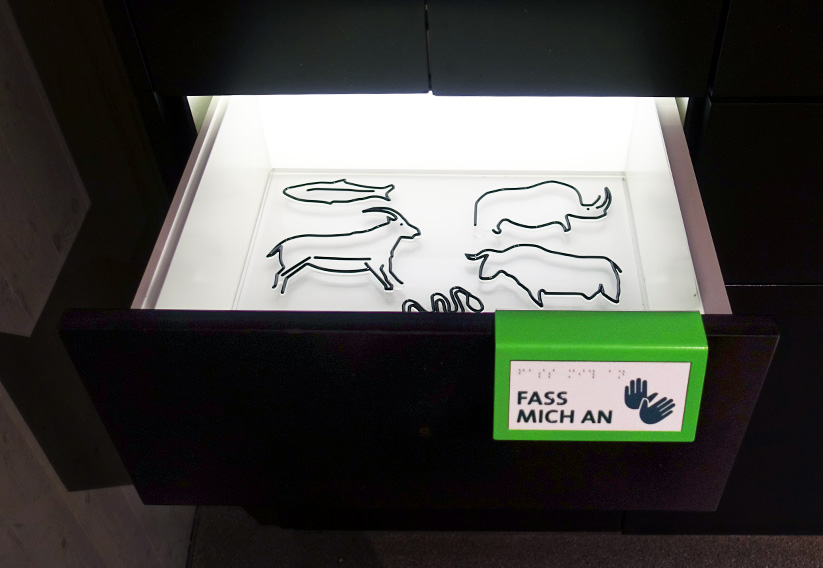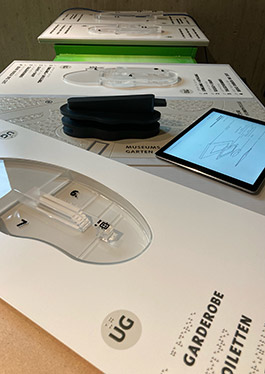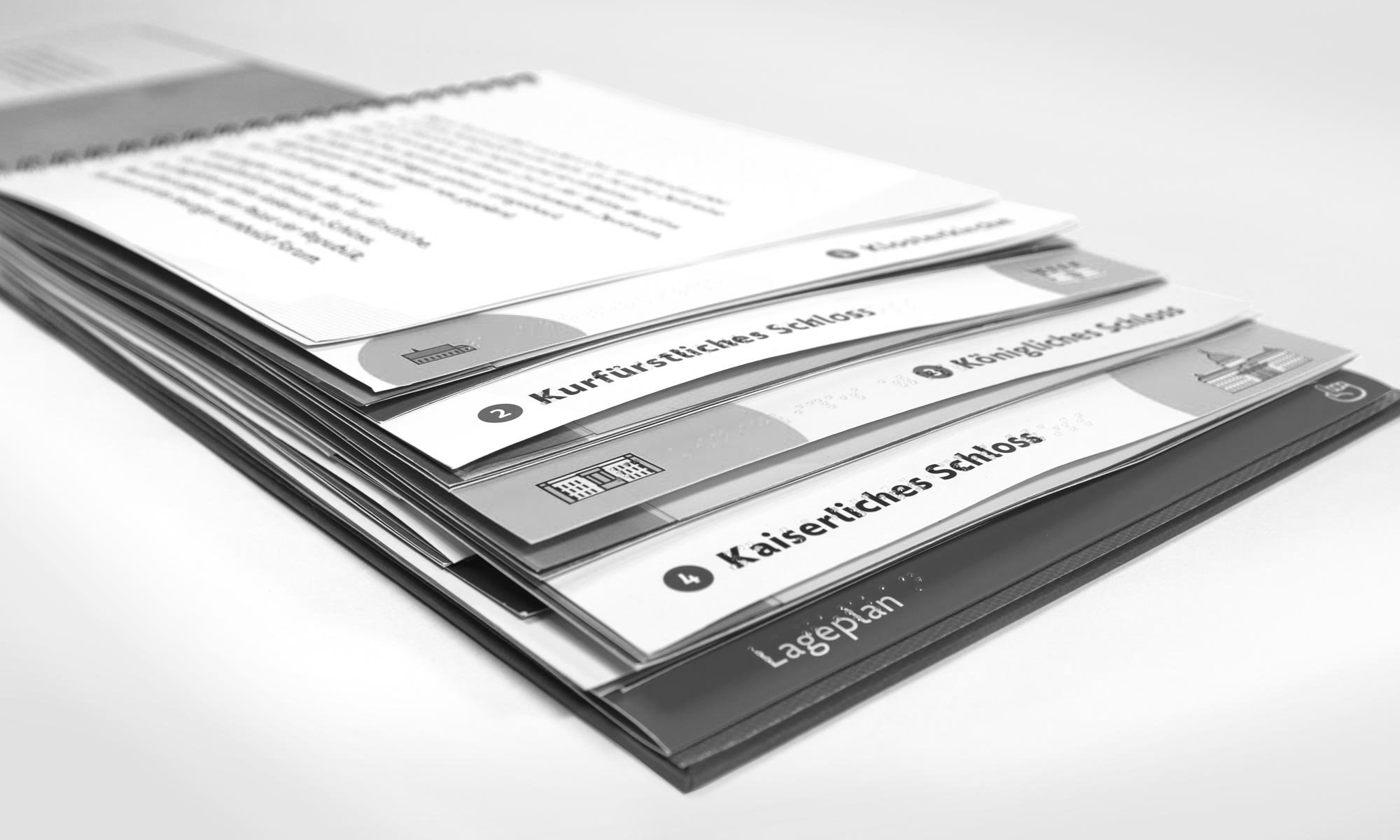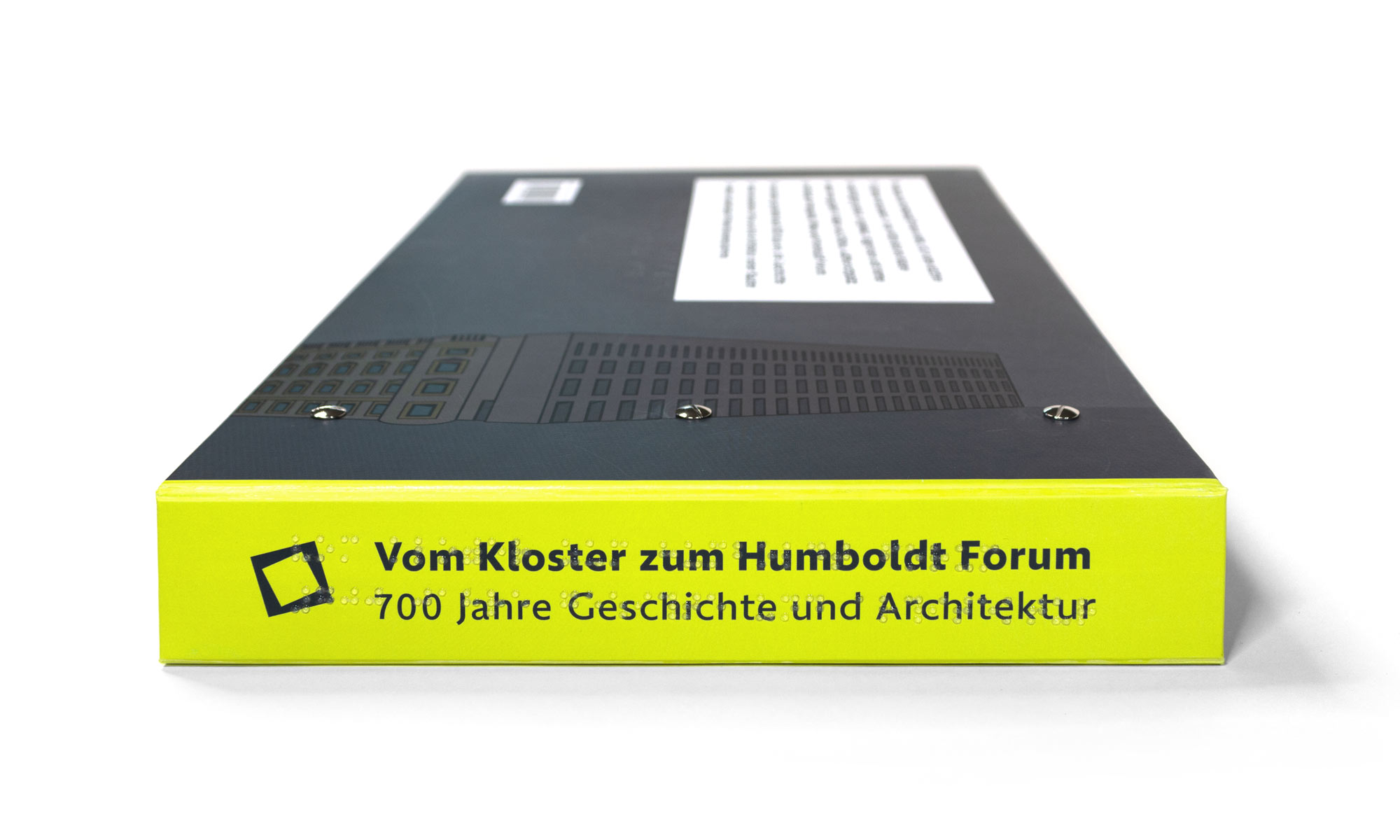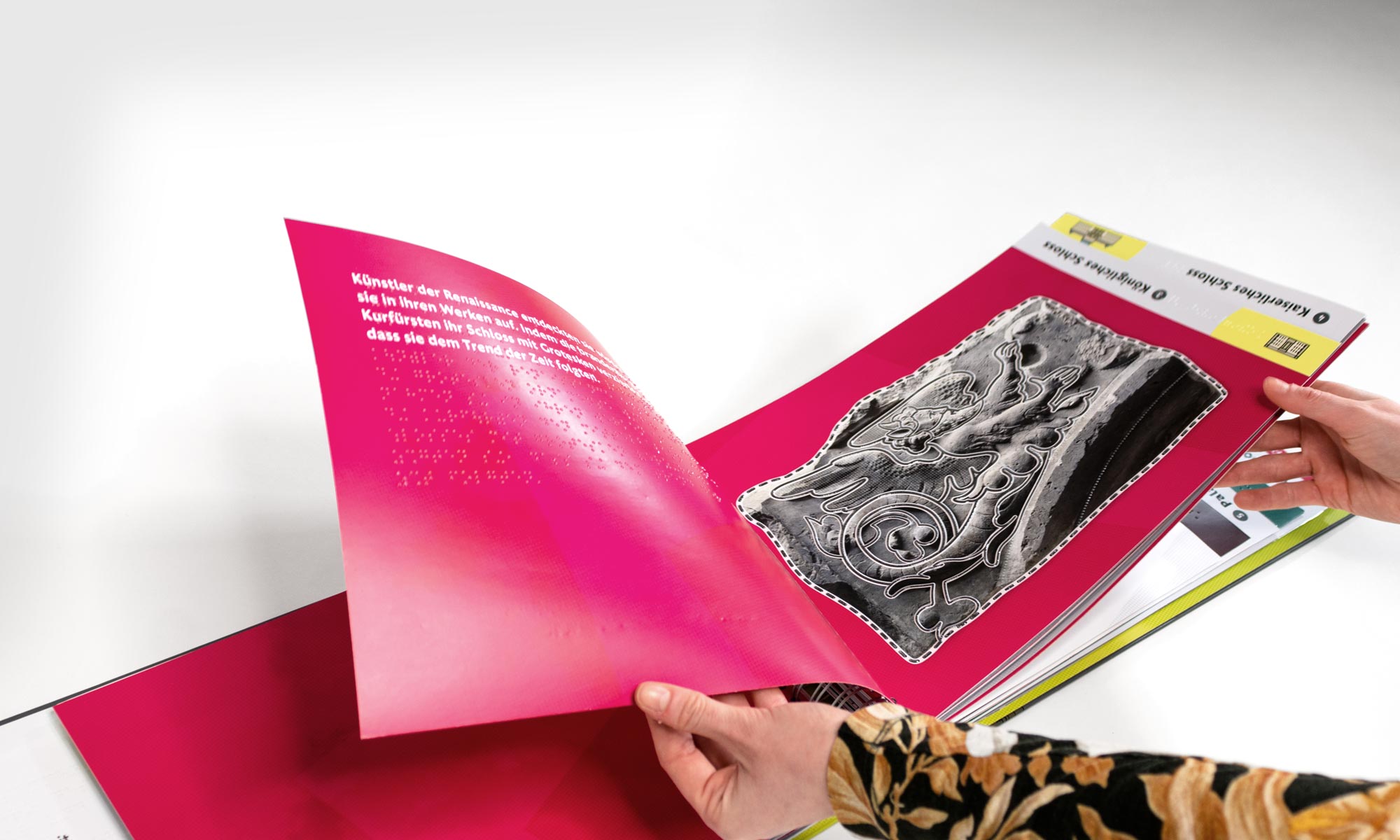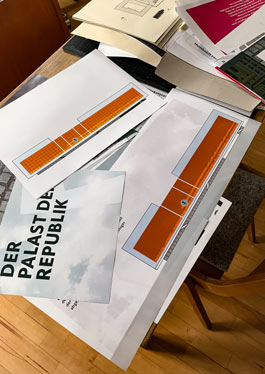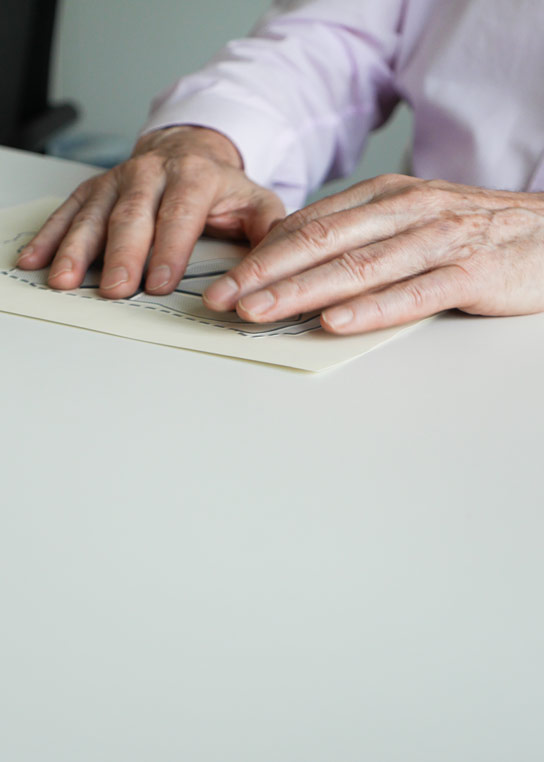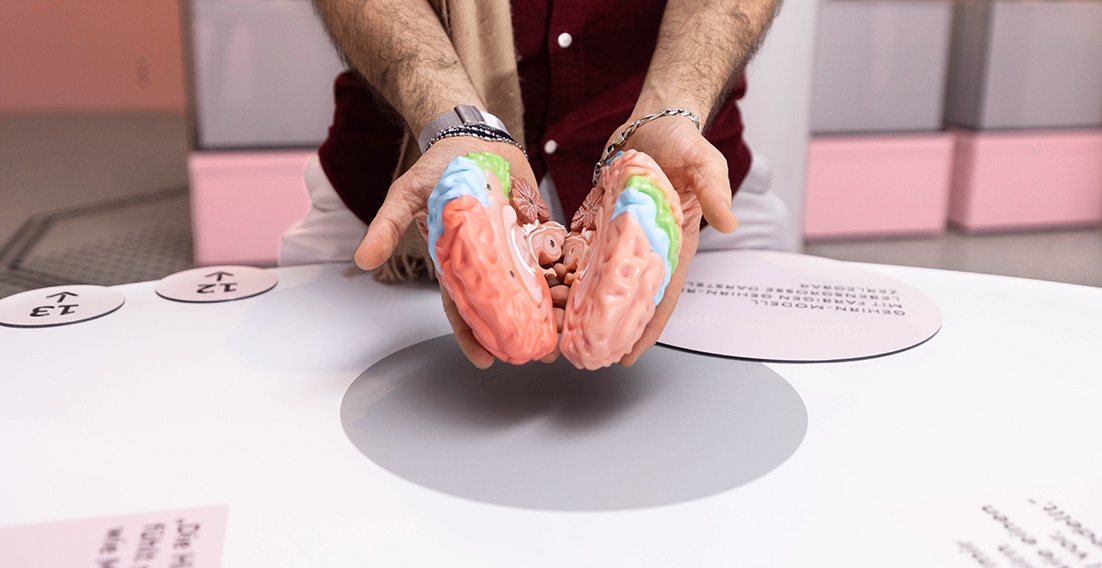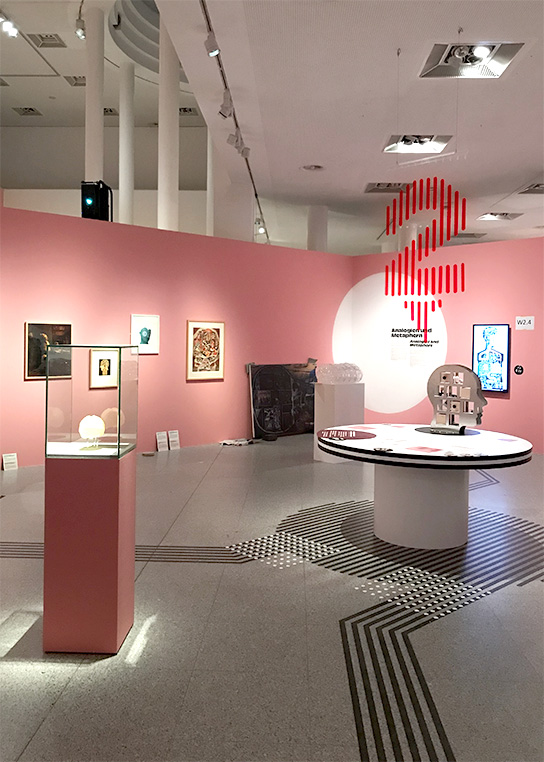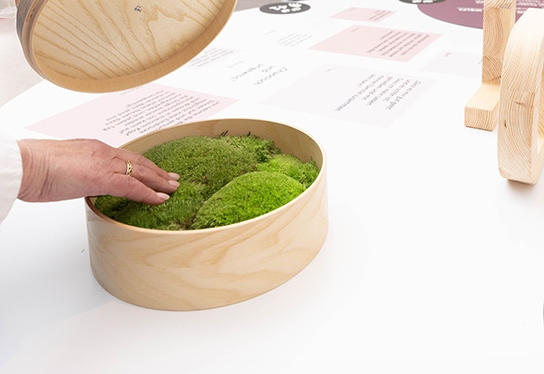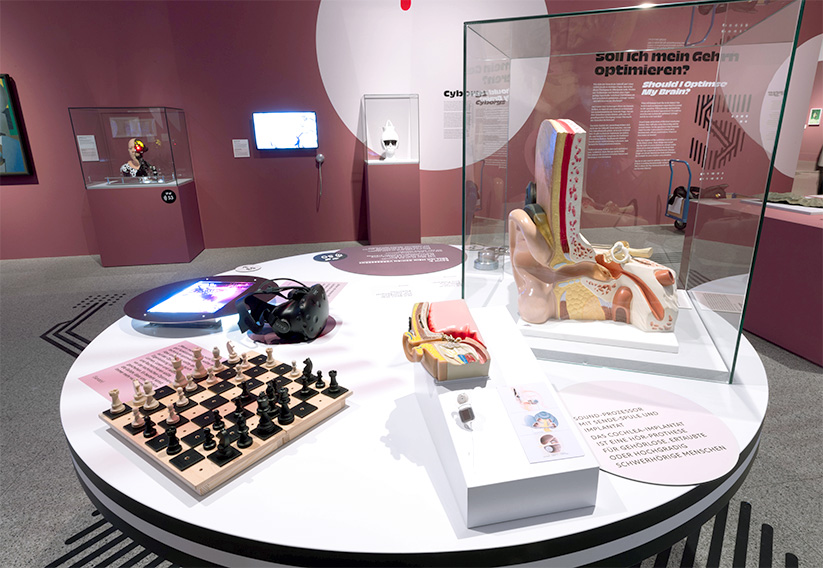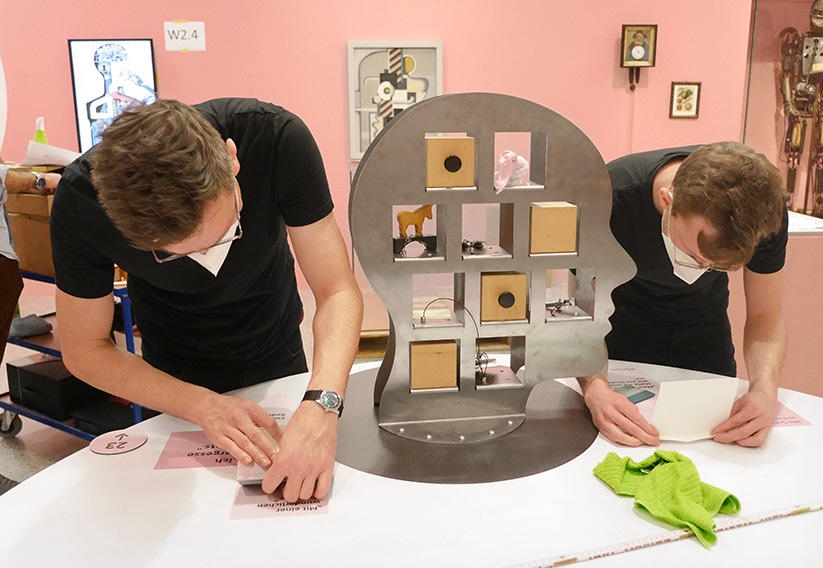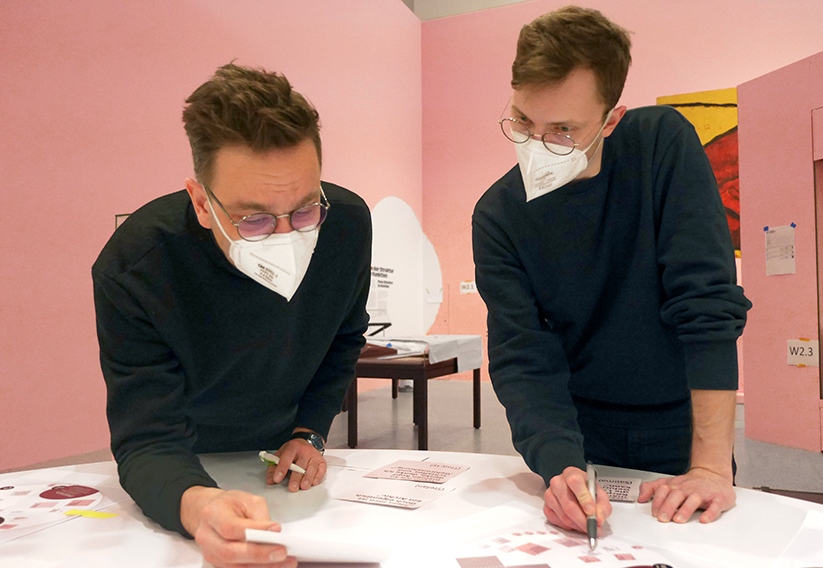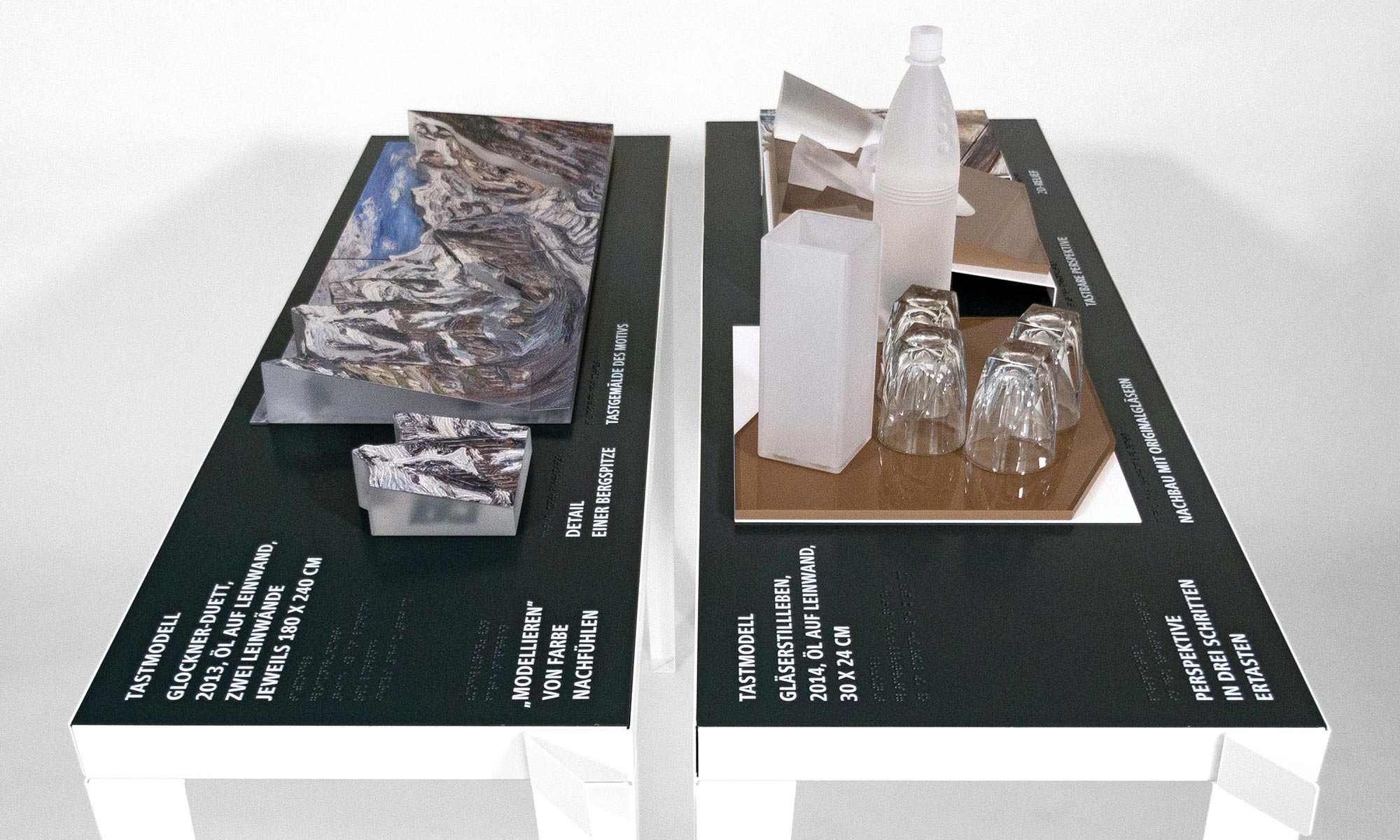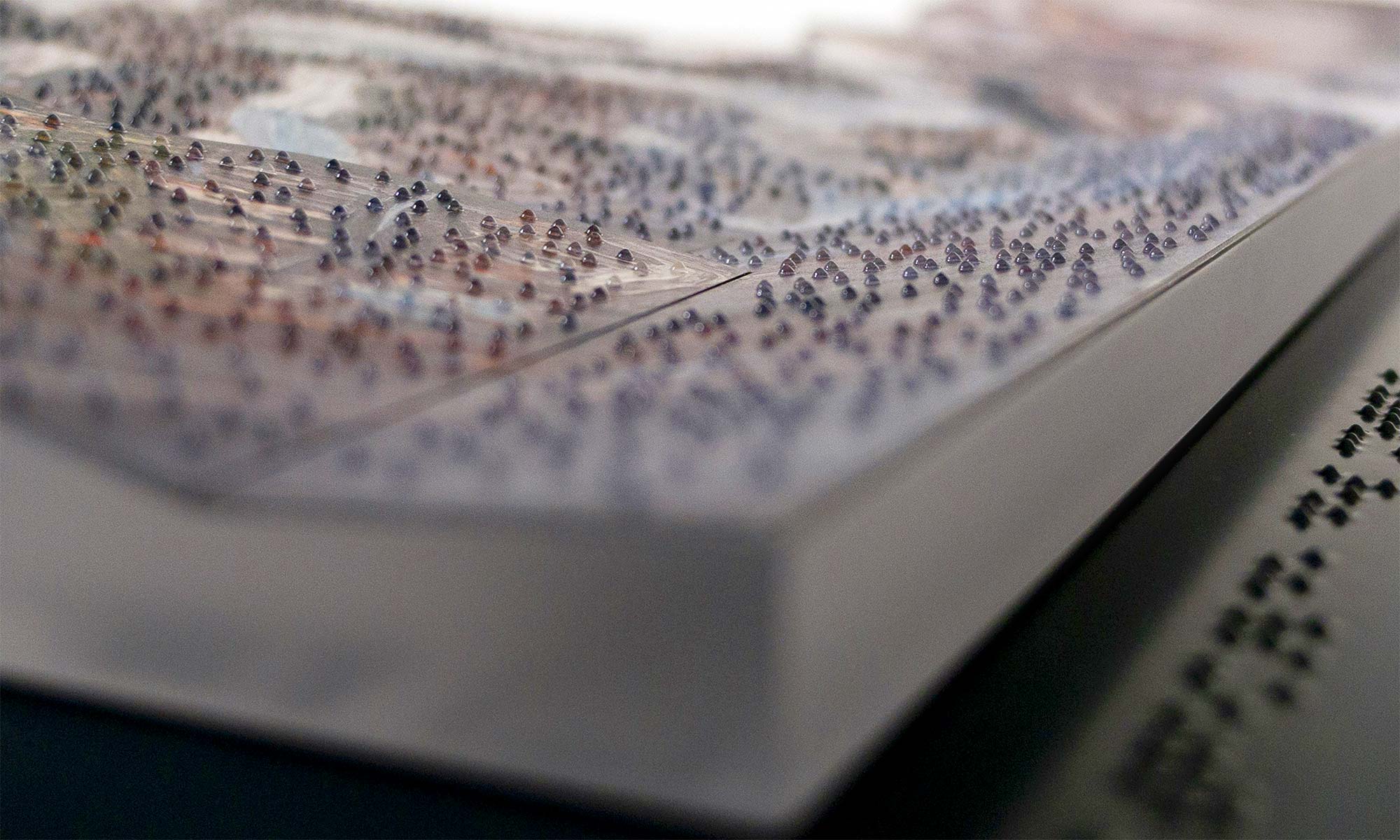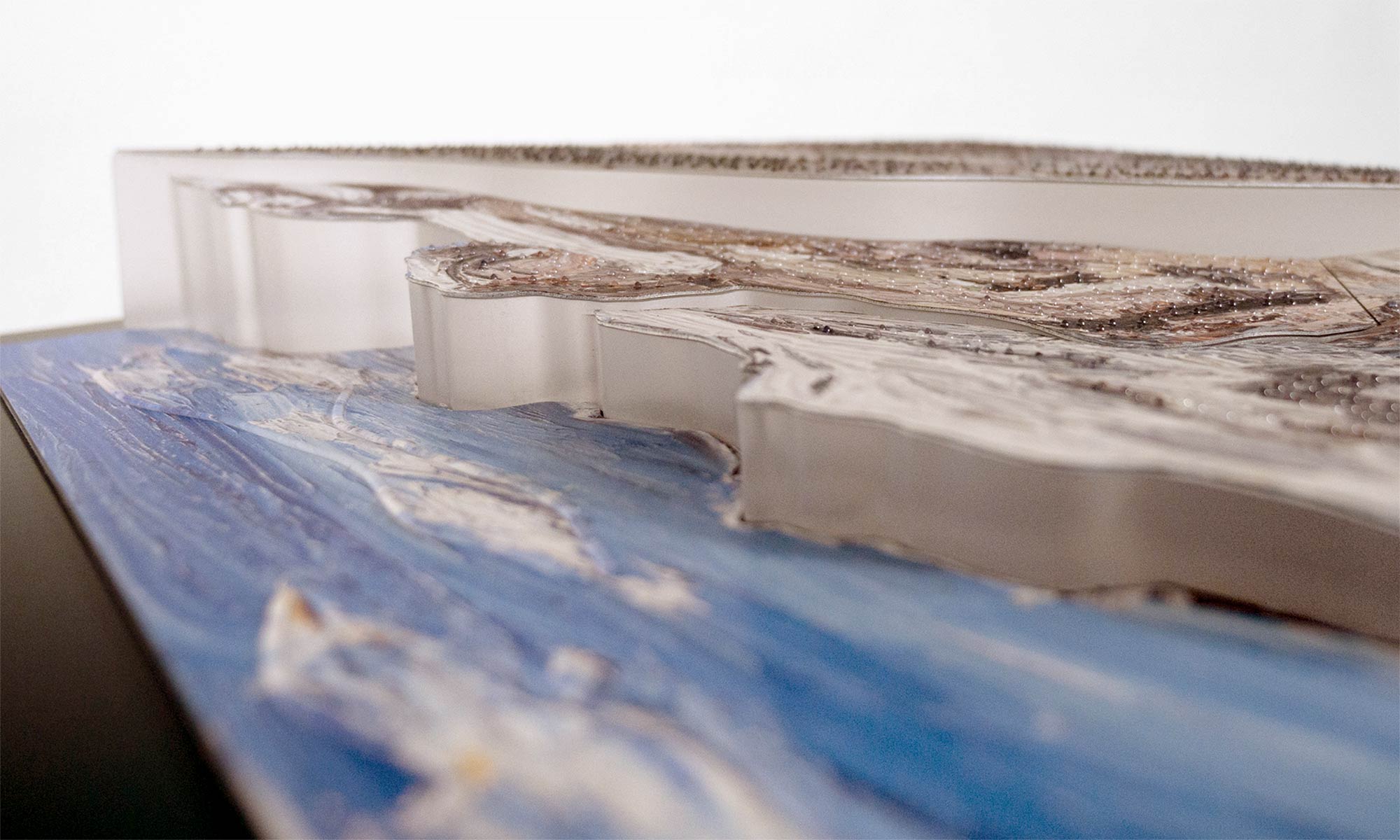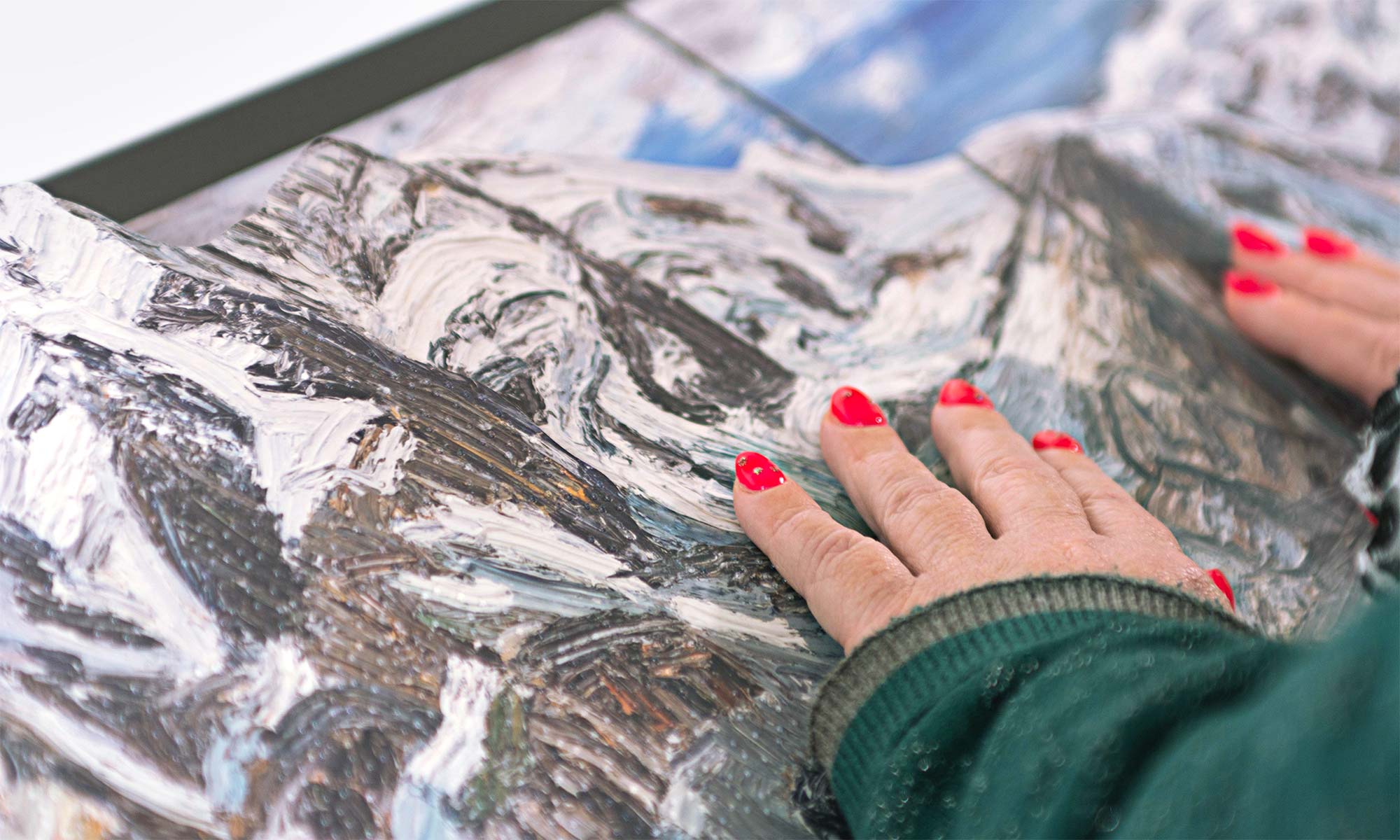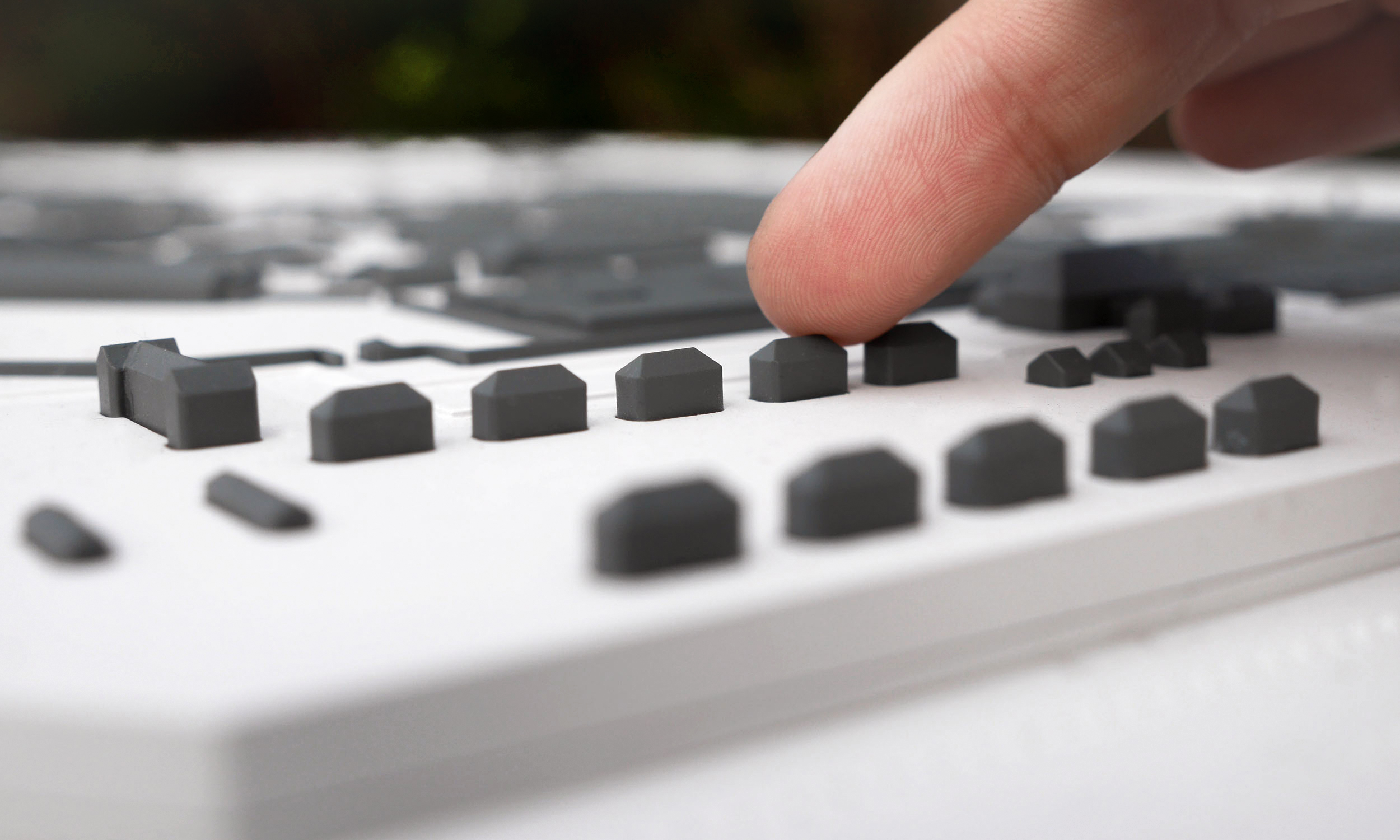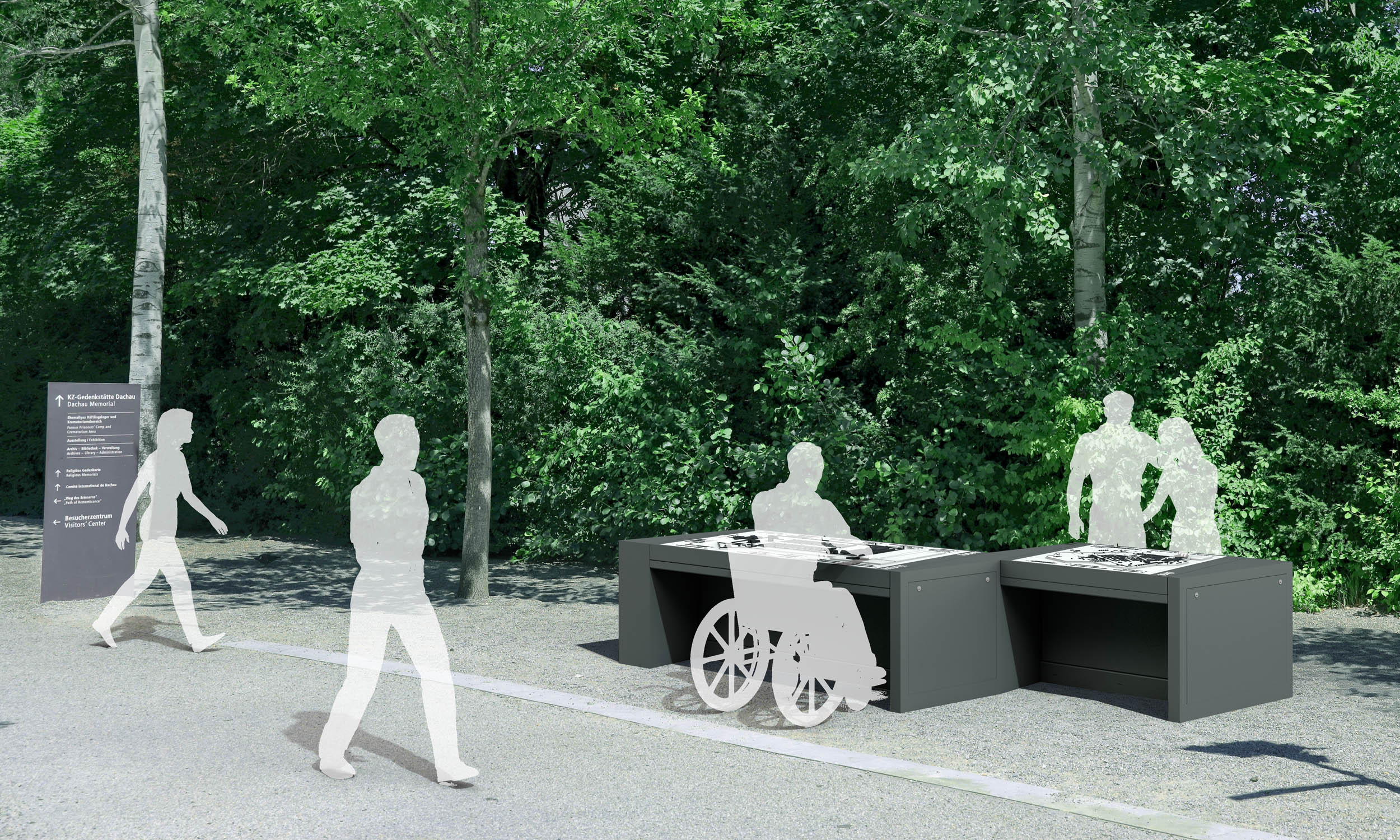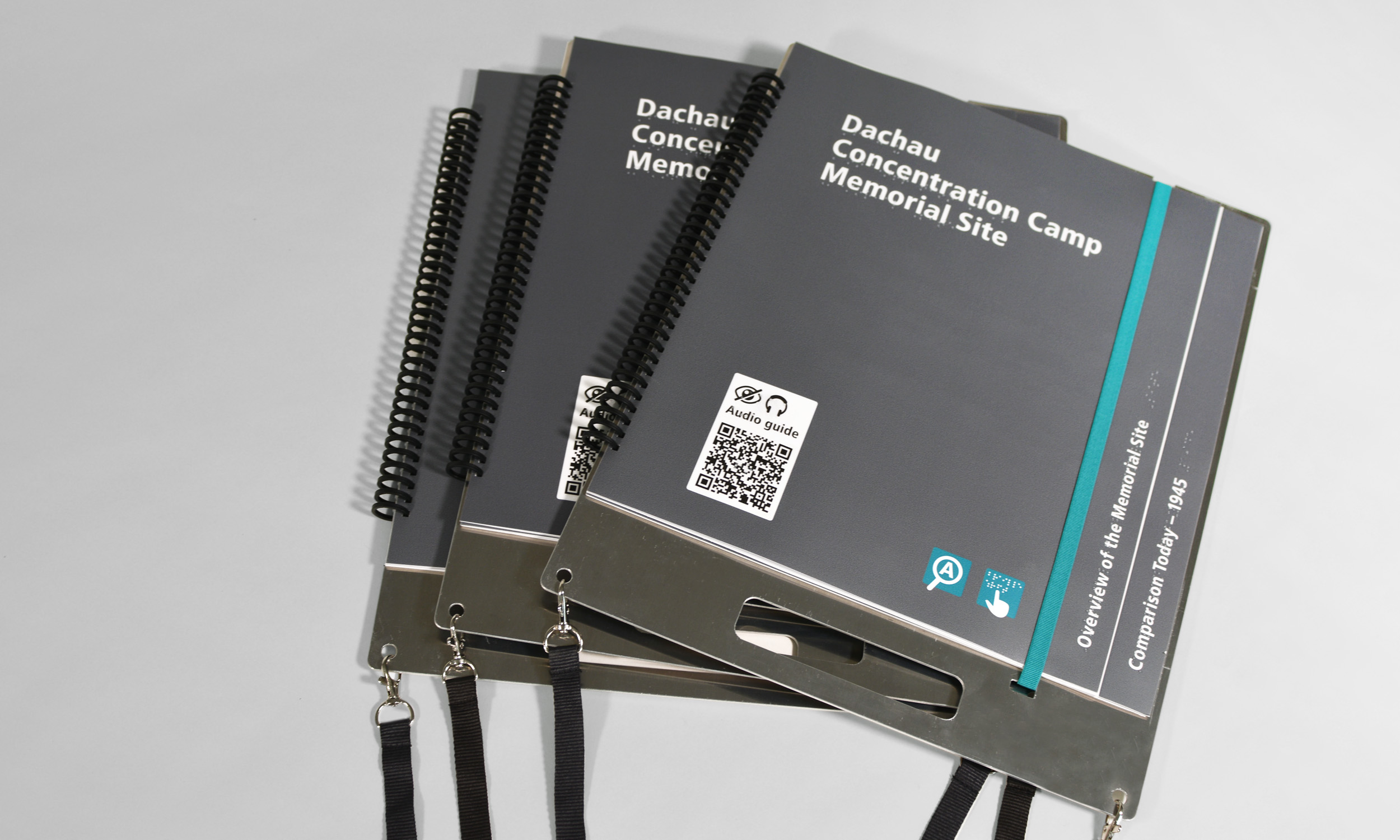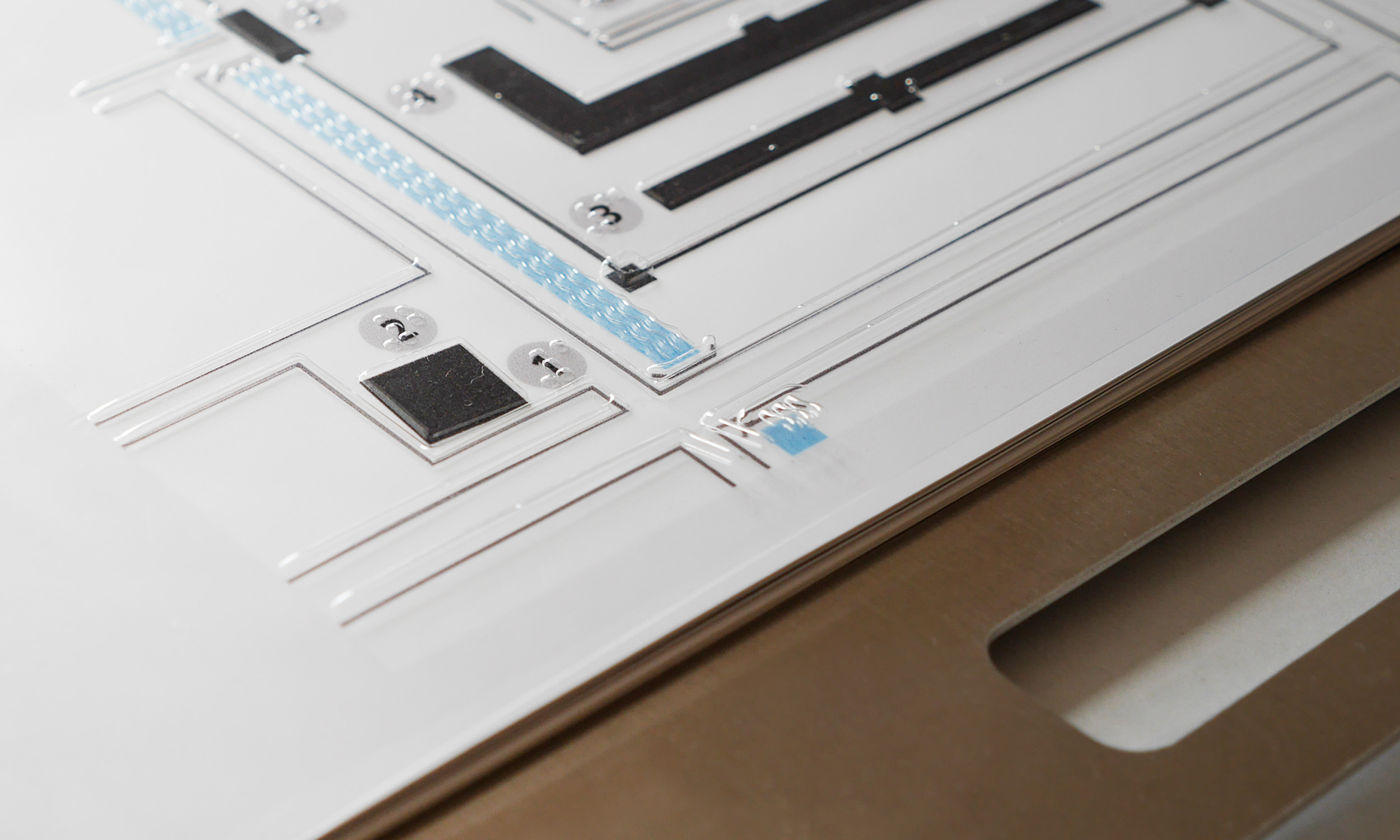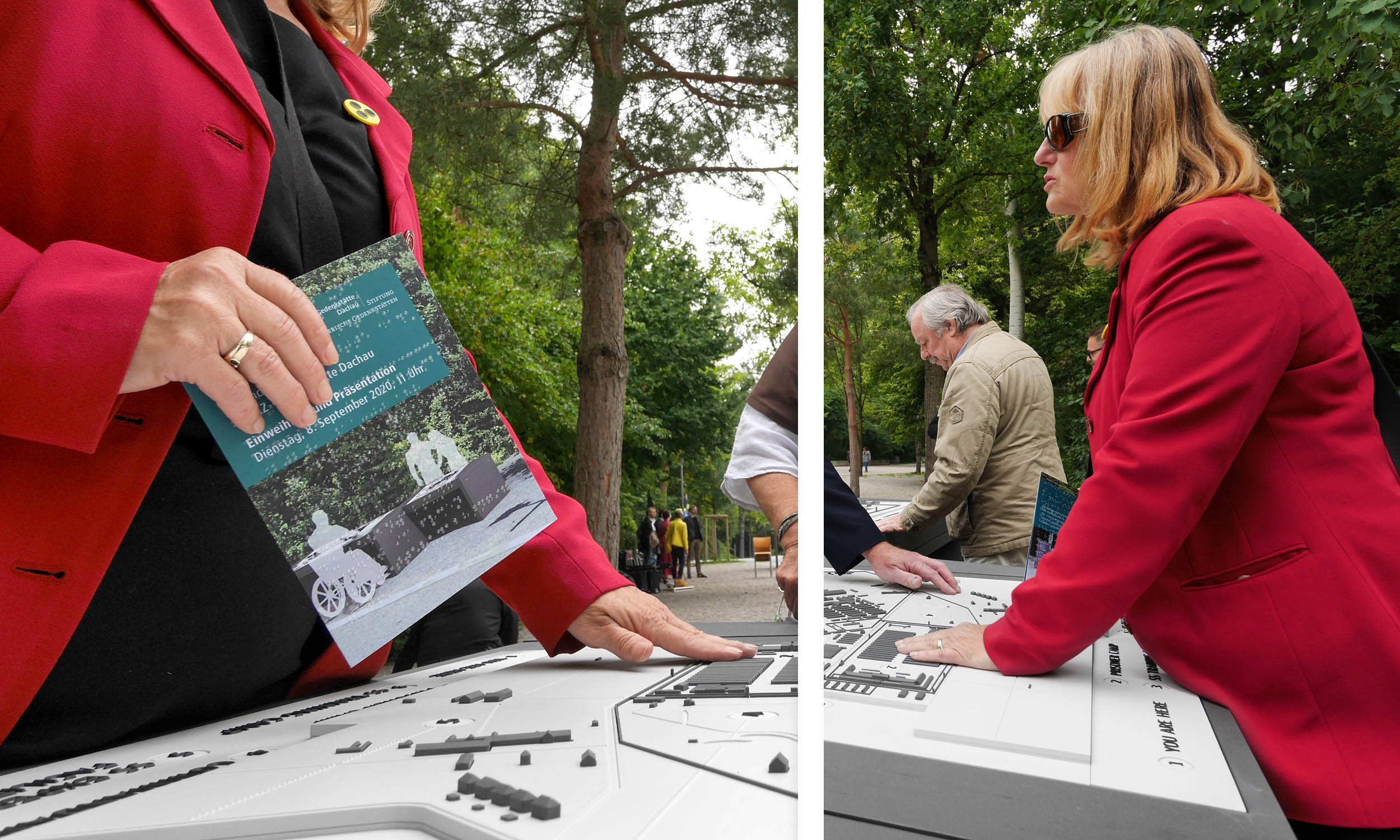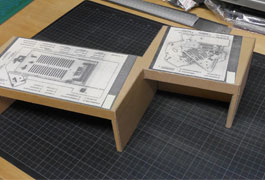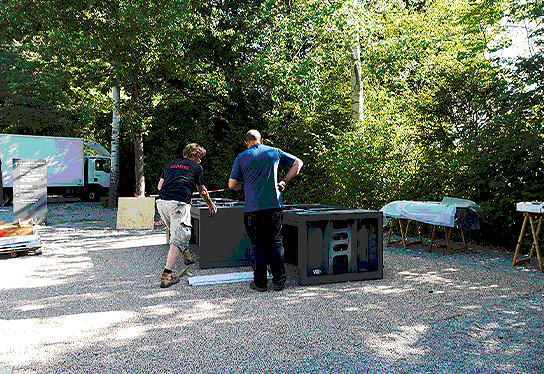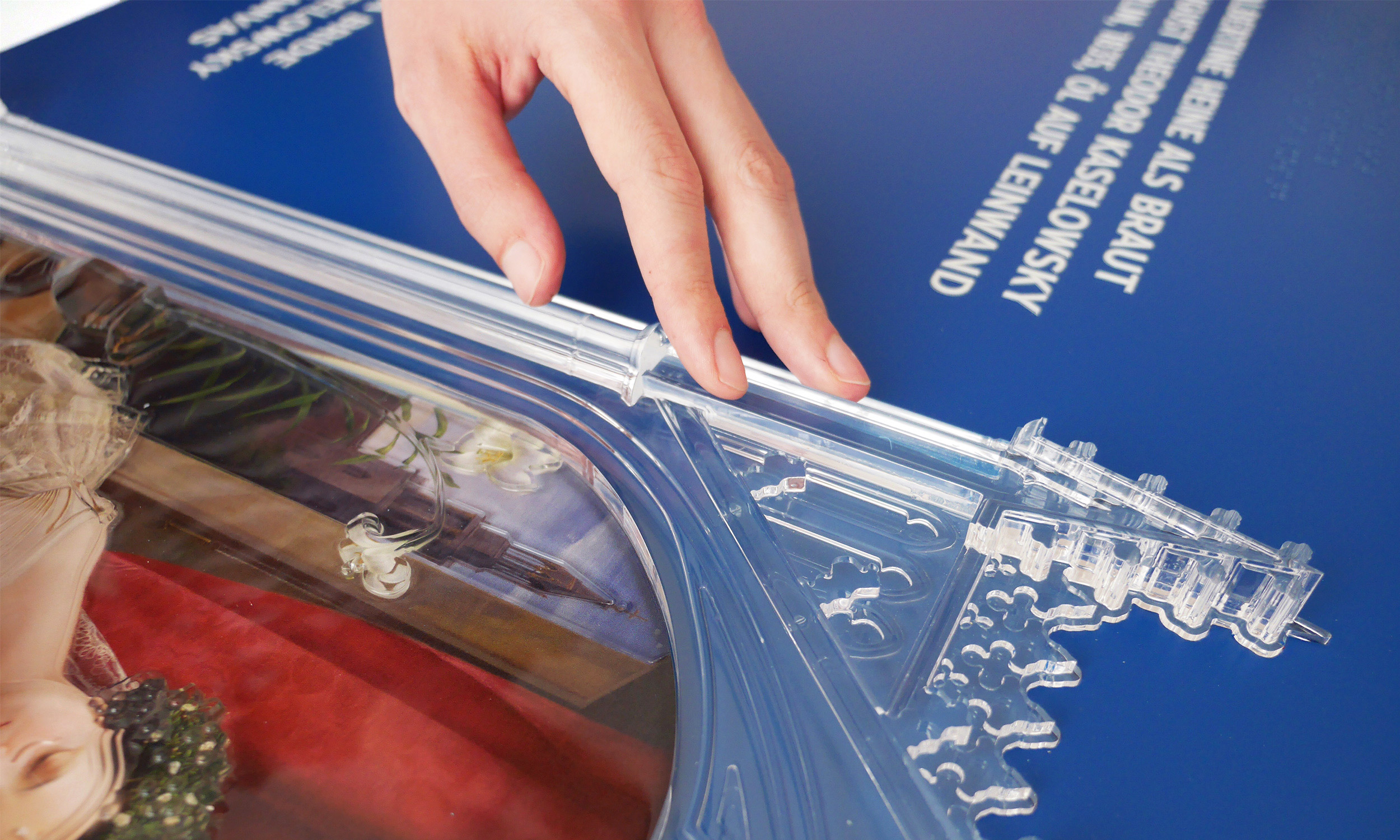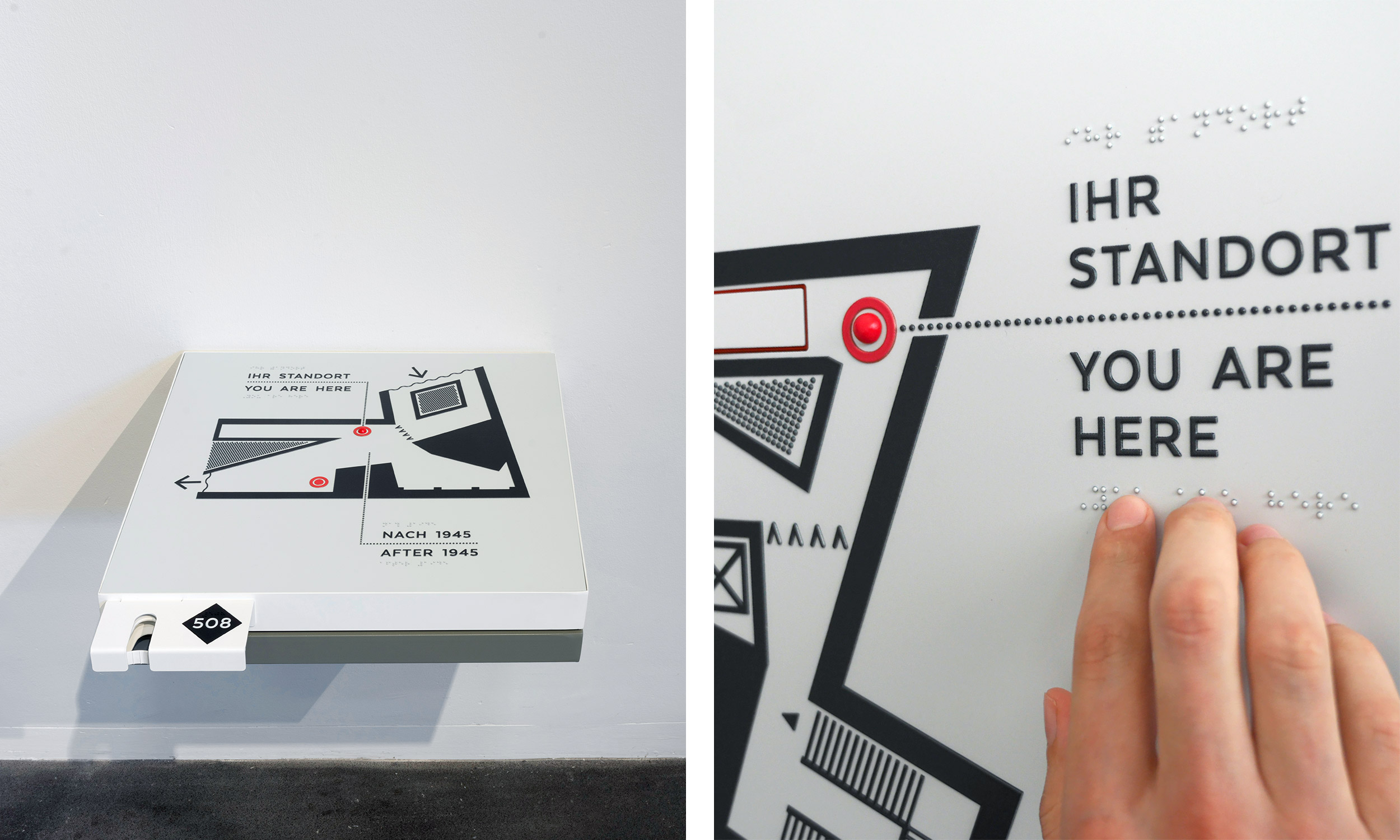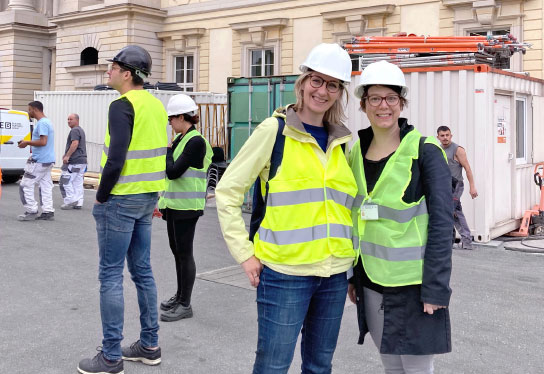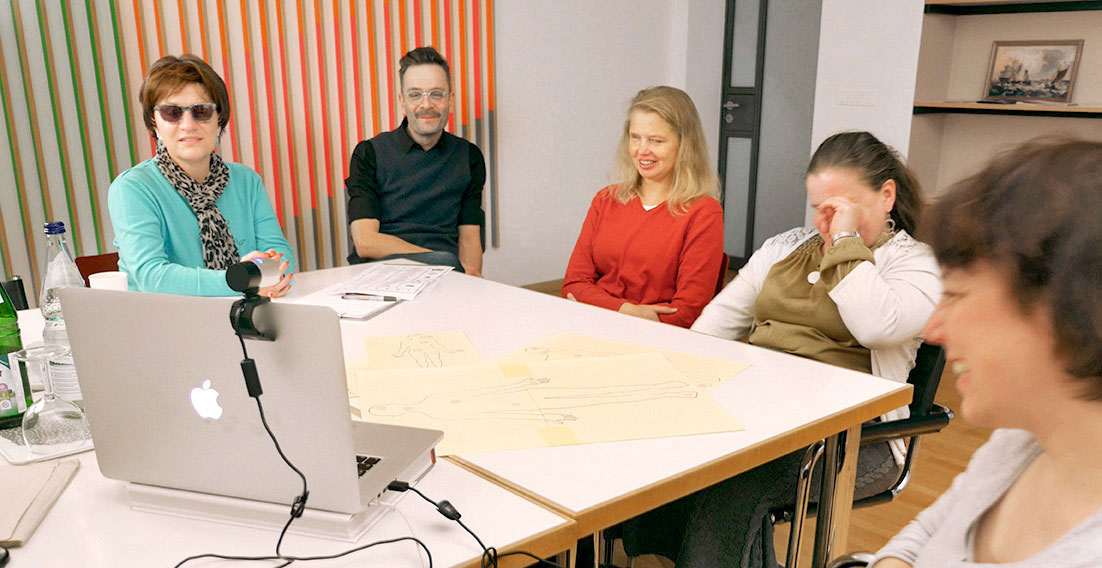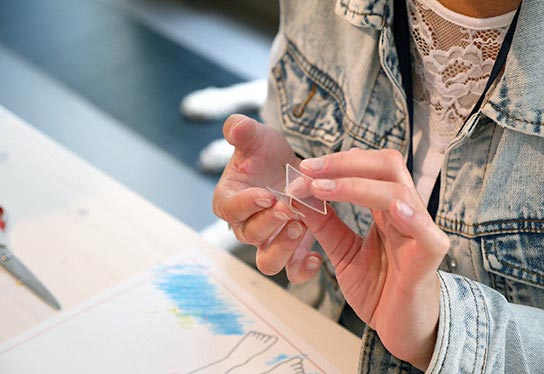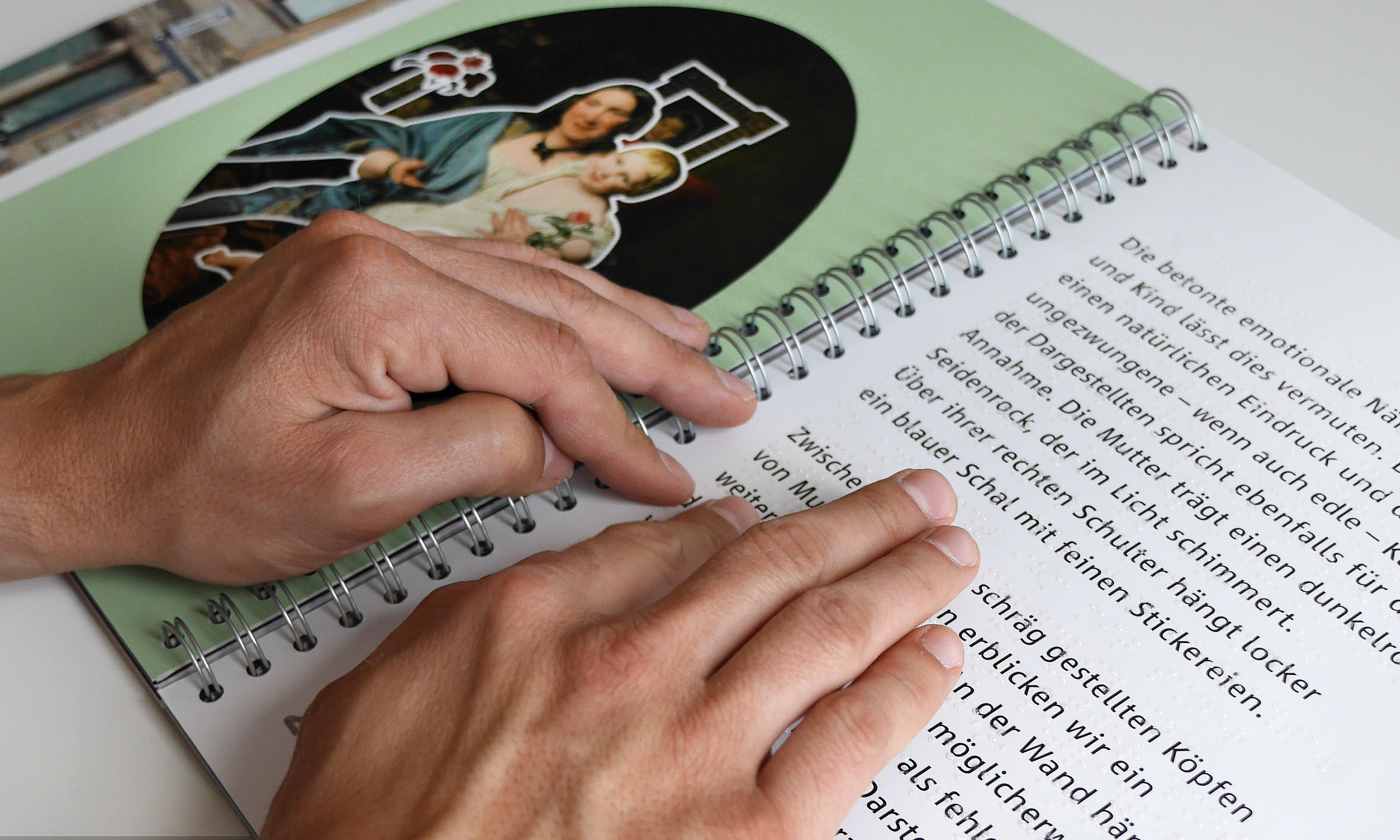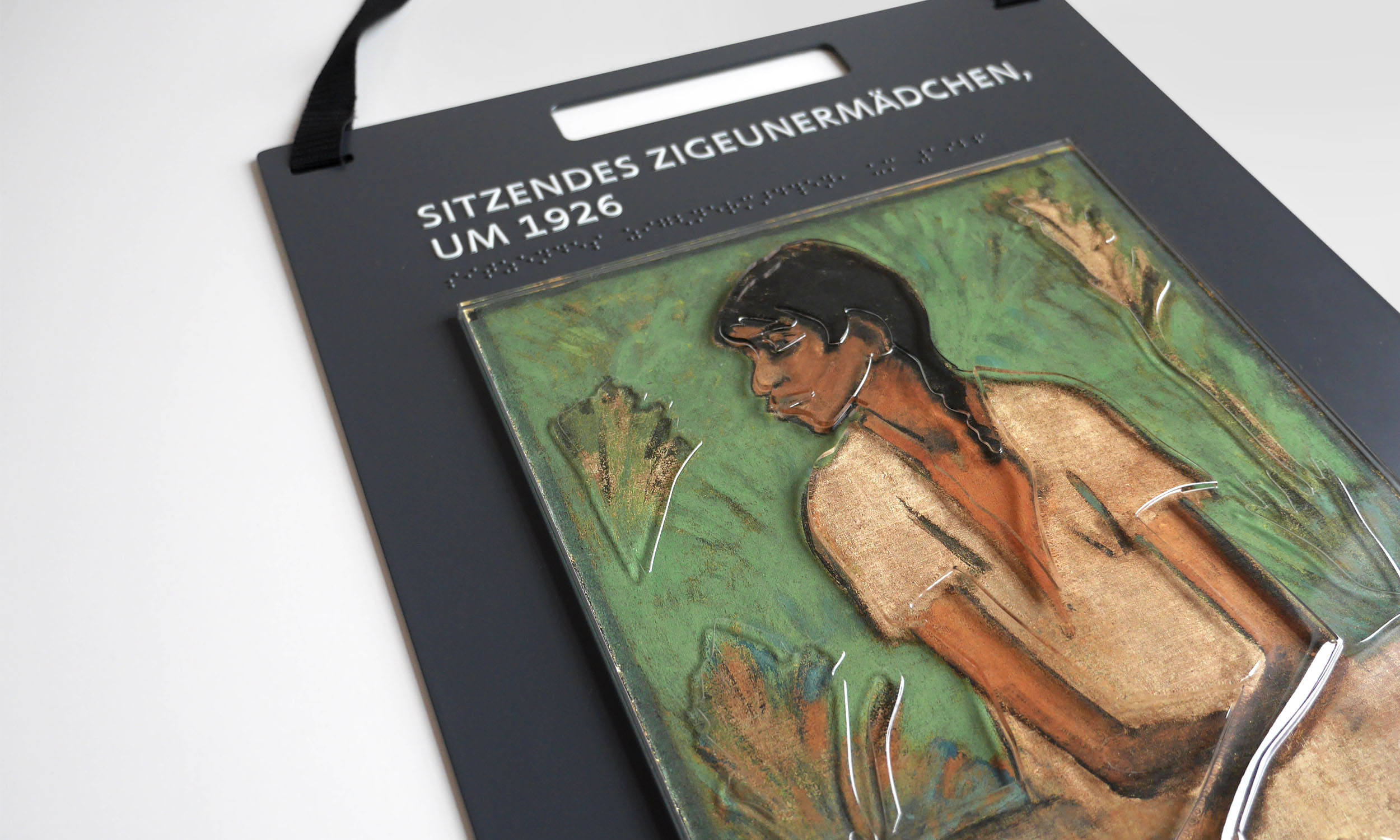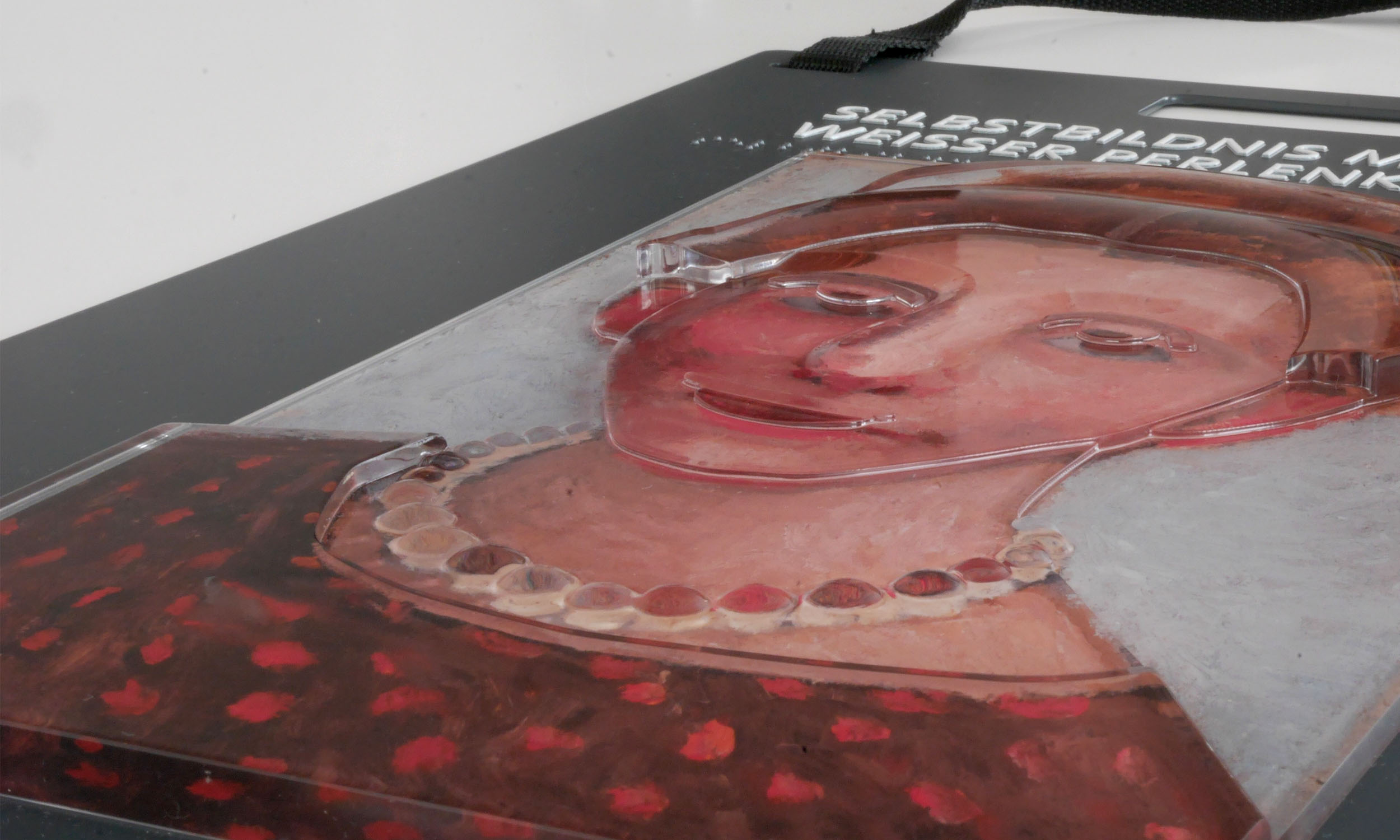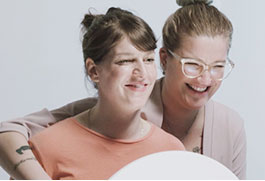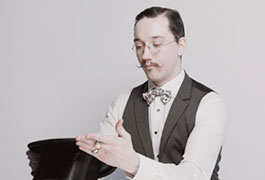Neanderthal Museum
Neanderthal Memories
The Neanderthal Museum is located close to the place where the world-famous Homo Neanderthalensis was found more than 160 years ago. Here, visitors go on a journey through 4 million years of human history – for the first time and in a unique and consistent way, blind and partially sighted people can now also enjoy an equal museum experience in the Neanderthal Museum. Back to the Stone Age in a very modern way, that’s how they call it in Mettmann.
The Neanderthal Museum exhibition tells the story of mankind: from the beginnings in the African savannahs to the present day, using the most modern, inclusive means of communication.
inkl.Design has installed a floor guidance system throughout the building, which enables independent orientation for blind and severely partially sighted people. The complete furnishing of the newly designed permanent exhibition also includes tactile offers and information in Braille. Stone Age tools, the faces of Stone Age people, the foot of a bonobo and much more can be grasped in the literal sense.
An app that facilitates navigation through the exhibition and conveys content in a playful way is the highlight of the inclusive tour.
In cooperation with the game studio “Wegesrand”, the audio guide was created, which offers an overview of the entire contents of the exhibition together with an archaeological game.
inkl.Design advised the museum on the implementation of the app and ensured that everything fit together seamlessly at the interfaces between the digital offering and the exhibition tour. The interface of the app is also barrier-free thanks to inkl’s expertise.
Without the intensive focus group work during the entire development process, valuable tips from future users would have been less well taken into account.
Today, every station that can be accessed via tactile QR codes consists of tactile offers, a holder for a long stick with the image of the QR code, and tactile orientation plans at prominent points in the wayfinding system.
The exciting inclusive tour starts with the museum building itself: the cross-sections of the building, which is built like a snail shell, can be felt right in the entrance area of the museum.
We are extremely proud that our work has been honoured with the Gold Award 2020 of the International Association for Universal Design (IAUD). The award is given to work that makes a particularly remarkable contribution to the realisation of an inclusive society. The international jury calls our work “A beautifully implemented idea that combines numerous aspects of accessibility and usability.”. We were pleased to receive this and it is an incentive for us to continue on our path.
Hands-on Stations in the Room



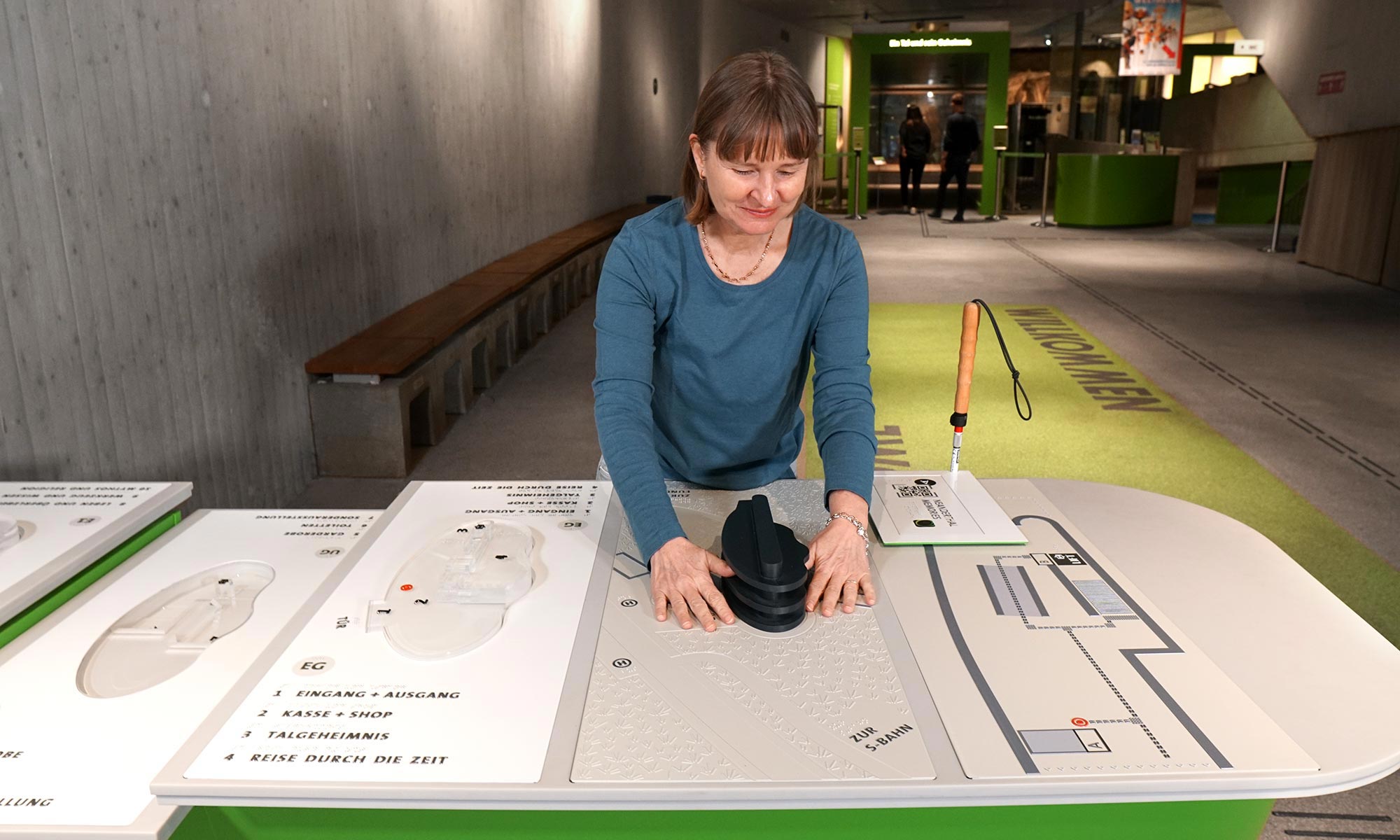






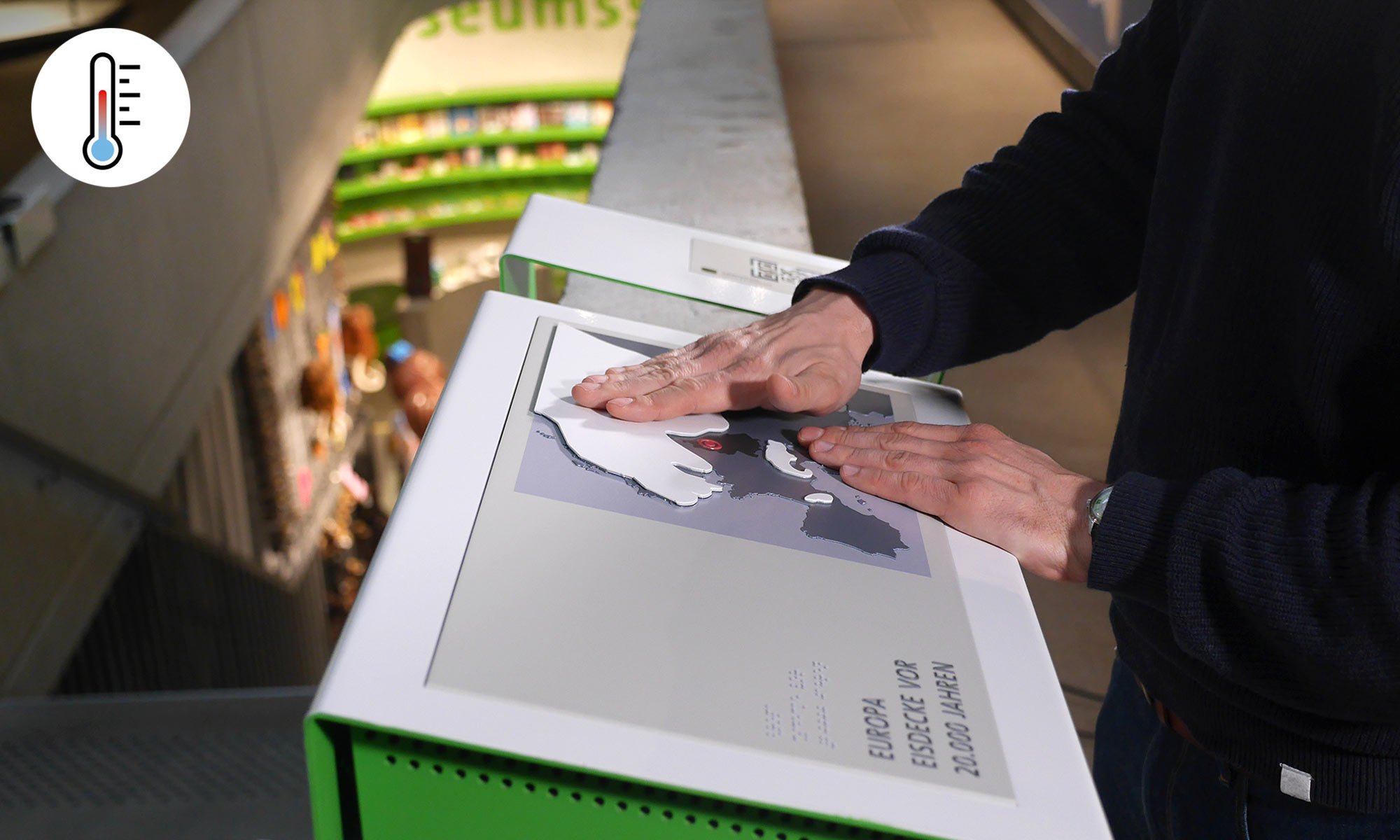






Inclusion in Detail

Tactile Floor Indicators




Accessibility Concept

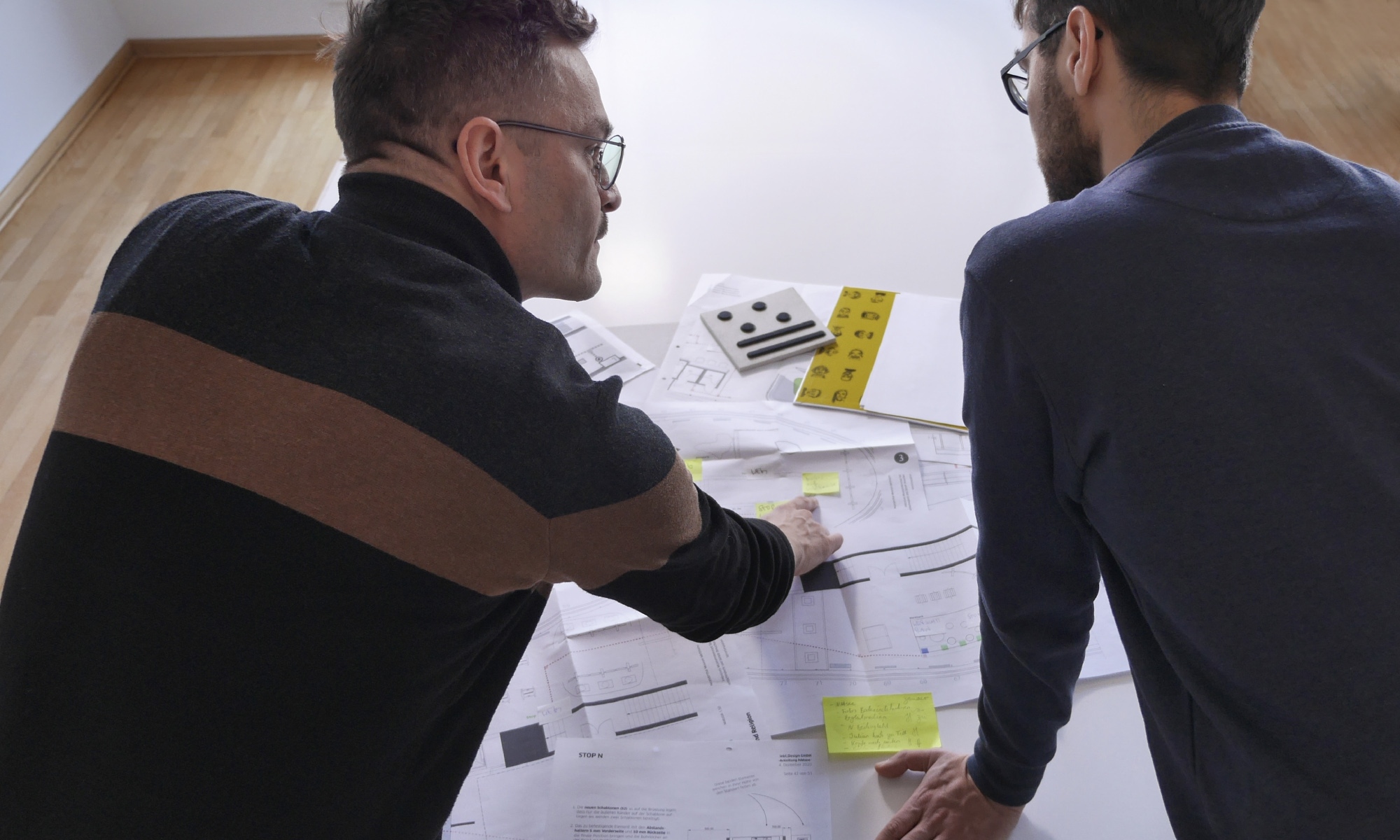

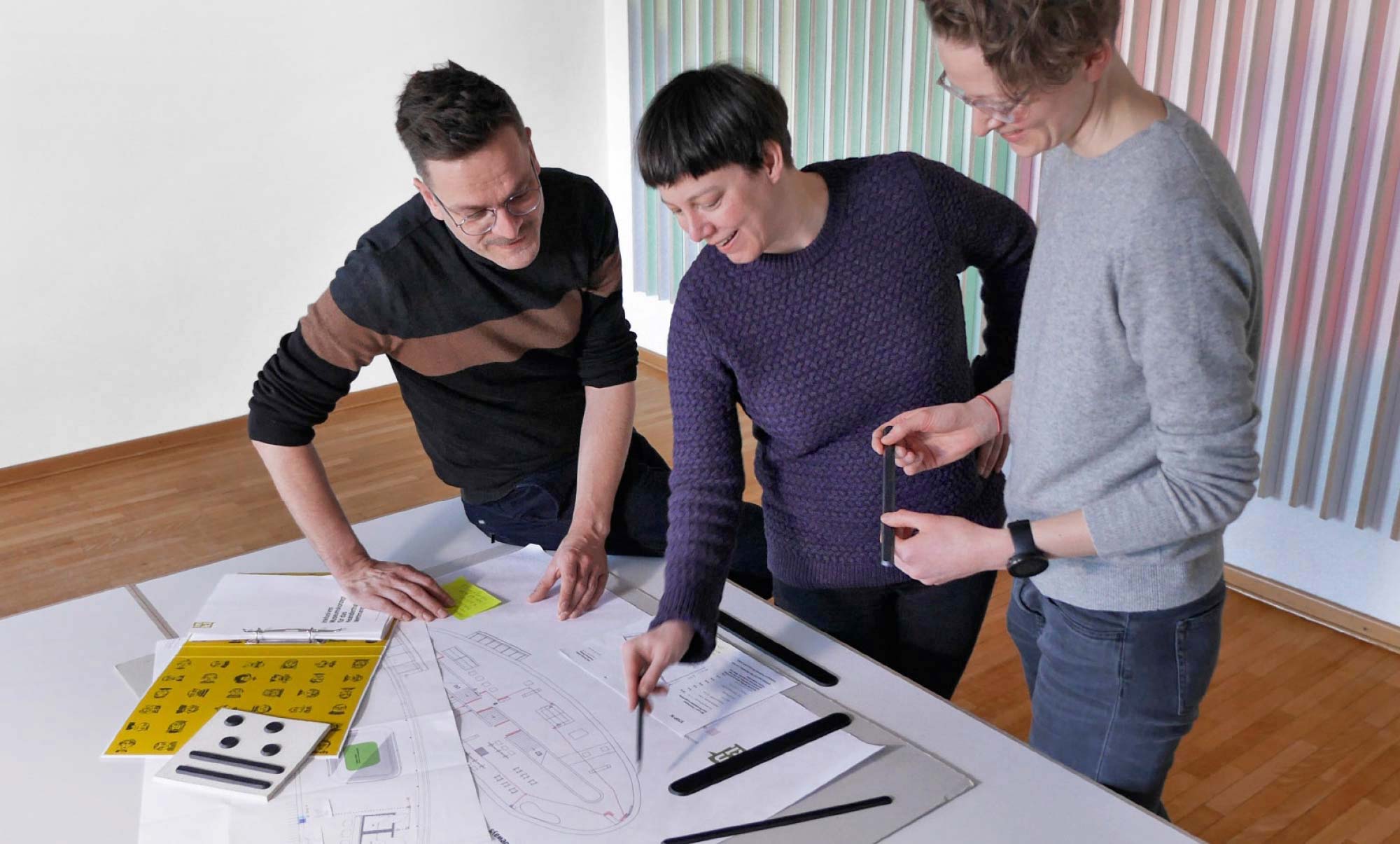
Accompanying Media



Project Details
- Client: Stiftung Neanderthal Museum Mettmann
- Project period: 2018 – 2021
- Project partners: Blinden- und Sehbehindertenverband Nordrhein e.V.
Project scope: Didactic concept for conveying the exhibition content to blind and visually challenged people, concept for accessible orientation and wayfinding, co-moderation and organisation of focus group workshops, conception and implementation of tactile models including product design, 3D data creation, graphic design, planning of floor indicators, production support and monitoring.





